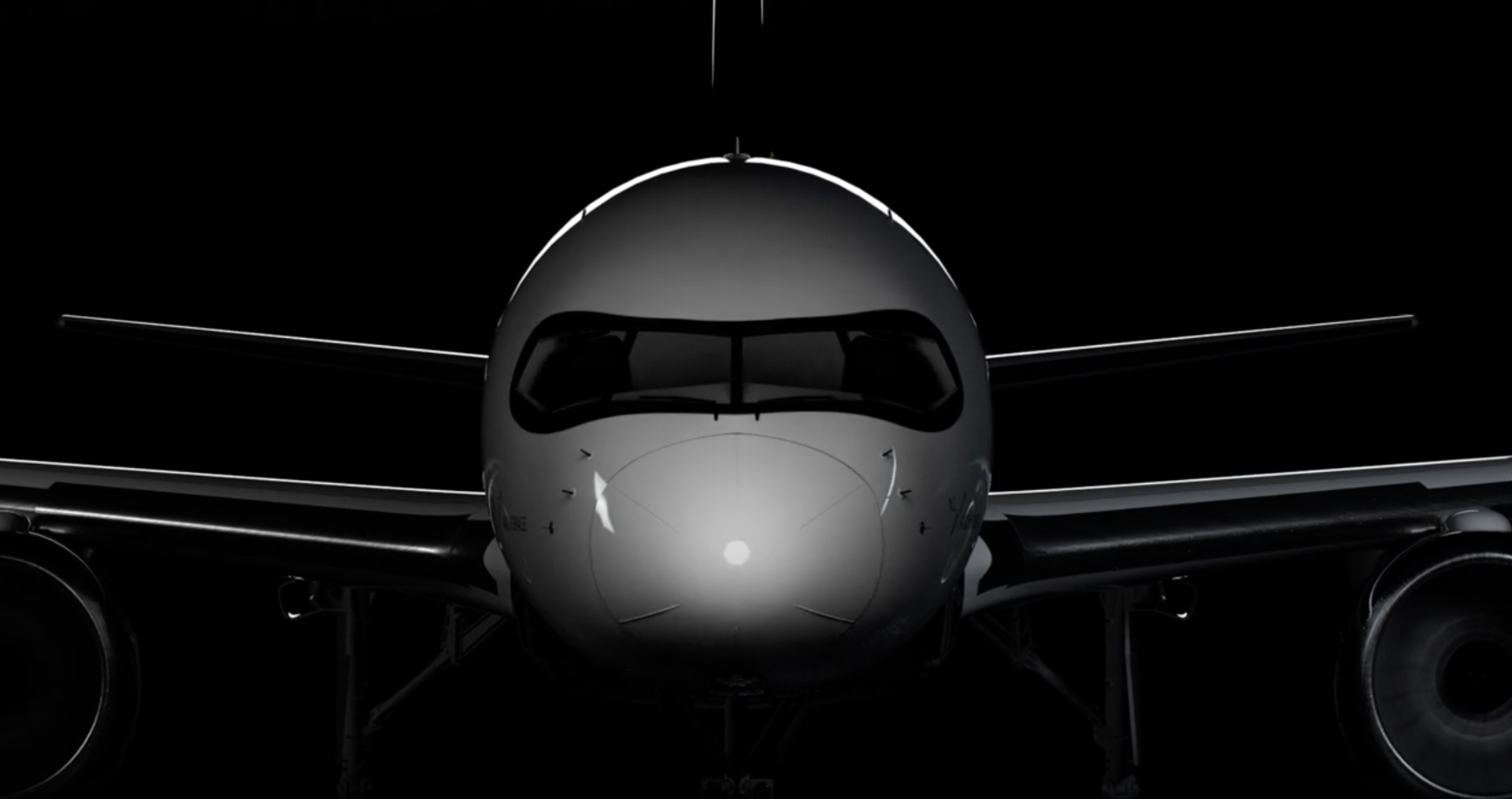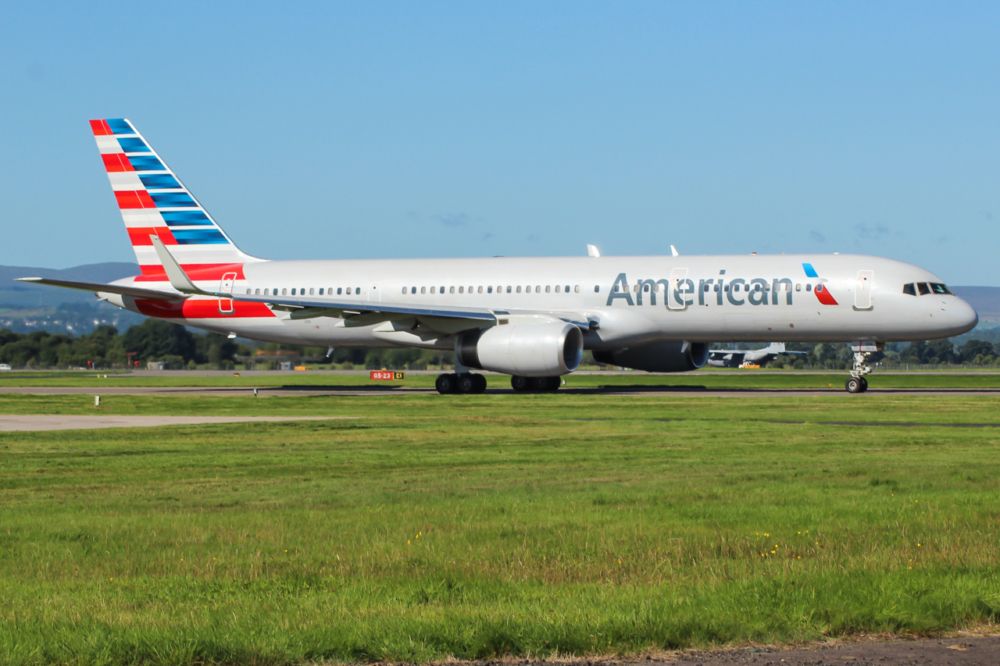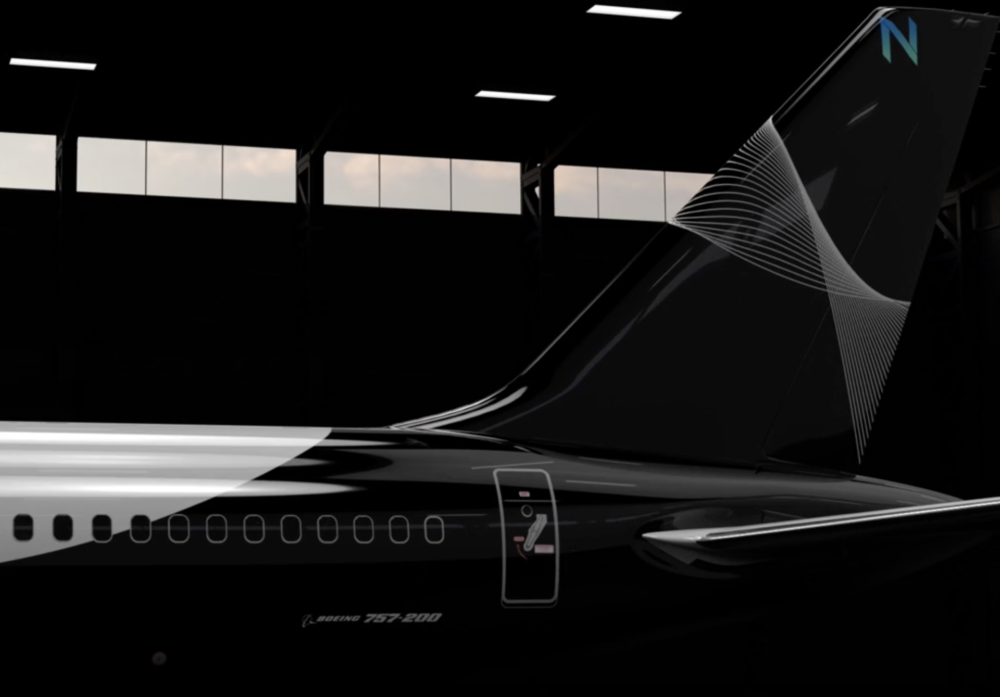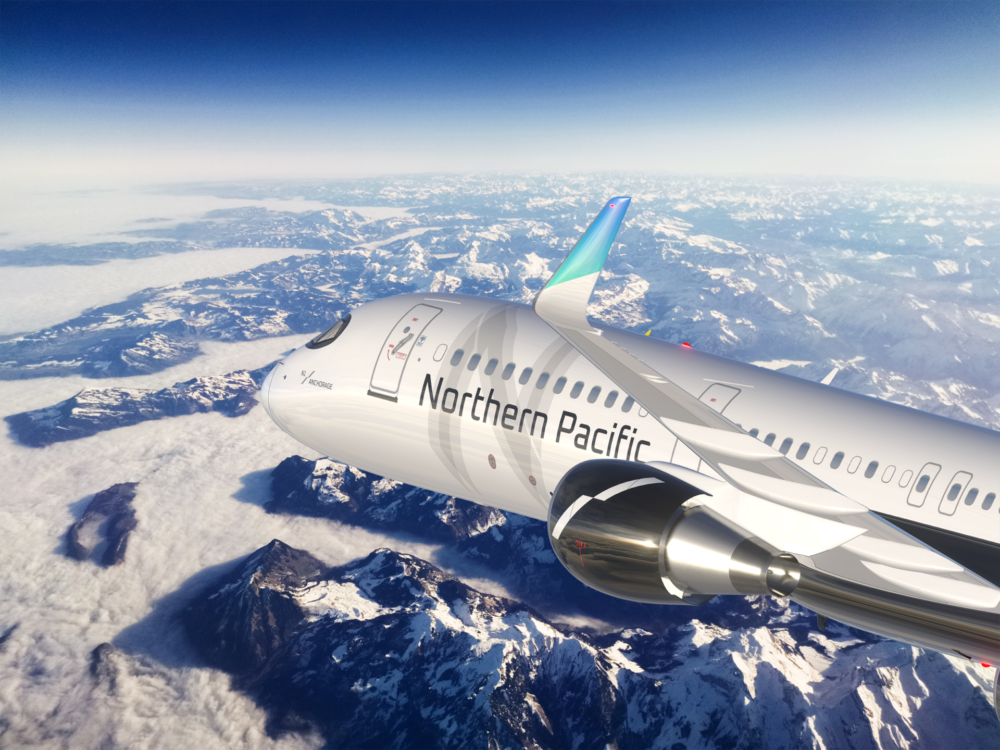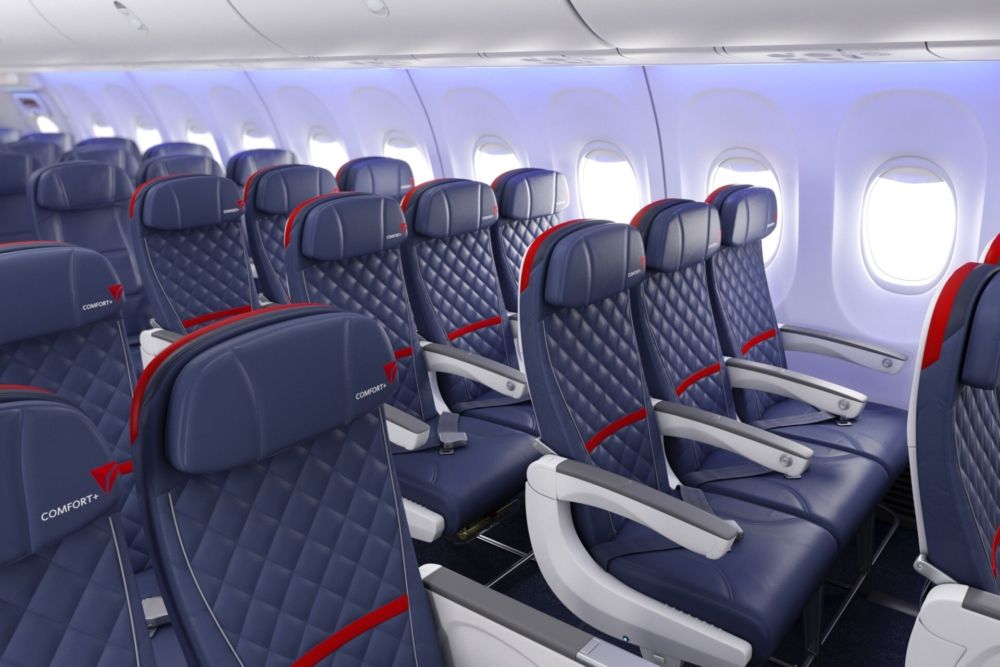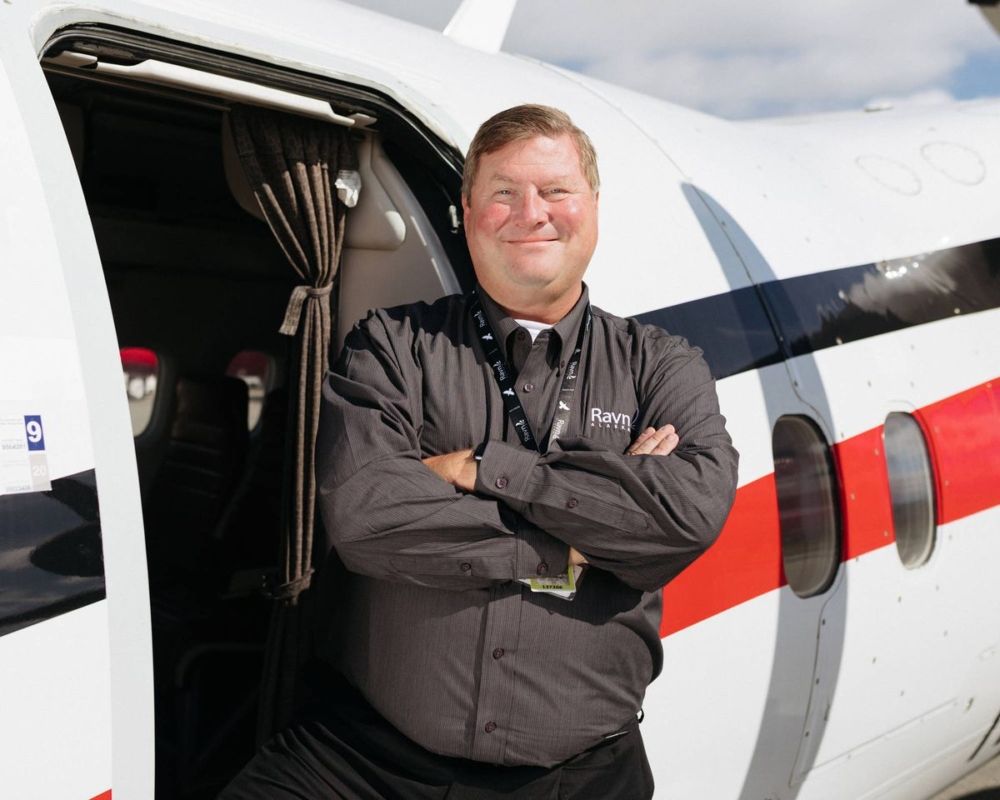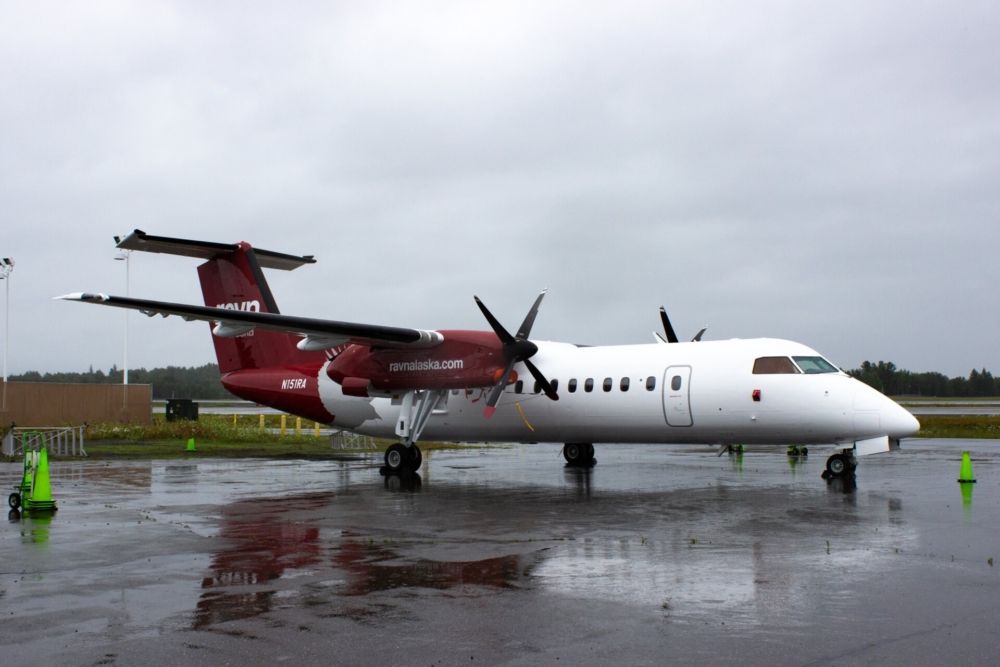Ambitious startup Northern Pacific Airways has secured its first six Boeing 757s ahead of a planned launch of operations. The first 757 is undergoing maintenance right now, and is expected to arrive in Alaska by December. Simple Flying caught up with CEO of the startup airline, Rob McKinney, to find out more about the plans for this fledgling airline.
Meet the first Boeing 757
Alaska-based Northern Pacific Airways is a step closer to launch, as it has exclusively revealed to Simple Flying that it has secured its first six Boeing 757s. The first is currently registered with tail number N206UW and is a 26-year-old Rolls-Royce-powered 757-200 with a pretty impressive pedigree.
The aircraft entered service with US Airways back in 1995. There it remained until the merger with American Airlines in 2013. American continued to fly the 757 until January 2020, when it was retired from service.
The 757 remained the property of AerSale, a major leasing company. RadarBox.com shows its last flight on March 28th, 2020, when it was ferried from Mobile, AL, to Roswell, NM for storage. The aircraft is now undergoing a full C-check ahead of having its new livery applied and arriving in Alaska for Northern Pacific. At this point, it will take on the registration number N627NP.
Speaking to Simple Flying, Rob McKinney, CEO of Northern Pacific Airways, noted his excitement for the initial purchase, adding that a further five had already been secured for the airline. He said,
“It's from AerSale. They have a half a dozen airplanes that are ex American Airlines … We're still in talks with several different other sources of airplanes to reach our target of 12 airplanes for the planned launch.”
McKinney is expecting the first 757 to arrive in Alaska in December. He wants to have a fleet of 12 aircraft in house prior to launch, which he's targeting, hopefully, for some time in 2022. With everything in place, he expects further 757s to arrive in Alaska roughly every six weeks between now and launch.
Stay informed: Sign up for our daily and weekly aviation news digests.
Mr 'right now'
The choice of a quarter-century old 757 for a new airline might seem a little odd when there are more efficient and more modern aircraft out there. But, as McKinney explained, this was a choice made out of necessity more than a love for the aircraft.
“We look at the 757 as not ‘Mr right’ but ‘Mr right now’. We can acquire them sooner rather than later. And for us, we really think the timing is the play for this opportunity to maximise the post-COVID world. The 757 is not only readily available but they can make the stage length too.”
While the 757 has been the backbone of Icelandair's stopover operations, Northern Pacific will not necessarily tie itself down to just one fleet type. Eyeing a fleet of 50 aircraft in the coming years, McKinney is keenly considering other aircraft that would suit an expanded fleet in the future. He explained,
“We plan on scaling this to 50 airplanes in the next four to five years. You can’t scale to that degree with that vintage of an aircraft, so we're definitely looking at next generation, 737 MAX or the A321XLR, something like that.”
Although the airline will be targeting a low-cost operation, the CEO hasn't entirely ruled out the possibility of integrating widebodies in the longer-term future. He noted,
“Widebodies are off the table to get going. We really think that there's plenty of traffic to support this narrowbody model. But, as we scale to that 50 airplane goal, we definitely see that widebodies are going to be in our future.”
Some premium economy to feature
While Northern Pacific will maintain a low-cost structure, that doesn't necessarily mean there won't be a slightly better than average cabin product onboard. McKinney noted that full all-economy loading of the 757 would be unattractive, given the long stage lengths it intends to operate. To de-densify the cabin, the airline is planning to include a small premium economy product, as McKinney explained,
“We will probably have a scaled down premium cabin. we haven't settled on exactly how many seats or what the amenities will be. But we have to have a density as such that we can make those long stage lengths, so it makes sense to have a little bit of a premium economy. But it's not going to be like a full service class with lie flat seats or anything like that.”
Having a slightly more premium product onboard would make Northern Pacific more akin to Norwegian than Icelandair. Icelandair is a full-service carrier, therefore has a business class onboard its 757s. However, these are almost business lite, with 22 recliner seats in a 2-2 configuration in its 'Saga' business class.
Delta has a premium economy on its 757s: a 3-3 layout with extra legroom over the standard economy, which is likely more in line with what Northern Pacific has in mind.
The Northern Pacific business model is built on the unique positioning of Anchorage as a midway stopover point between Asia and the lower 48. Taking its inspiration from Icelandair, the carrier plans to beat its direct connection rivals on price, but could also offer a much better passenger experience too. McKinney noted,
“Clearing customs and immigration in Anchorage, with an FIS that's only used by us versus standing in a que at LAX or San Francisco, we think is going to be a much superior experience. And then, also, we want to get people into the idea that they can spend an extra day or two here and see what Alaska has to offer.”
McKinney is already in talks with tourism boards to find out how Alaska can leverage the stopover market, and is taking plenty of inspiration from the successful program already built in Iceland. At present, Alaska is viewed as a somewhat seasonal destination, but then so was Iceland. Thanks to the efforts of airlines and tourism stakeholders, the island now enjoys year-round visitors who always have something amazing to do.
A love for Alaska
Rob McKinney's vision for Northern Pacific has certainly raised some eyebrows in the aviation world. But those naysayers should dig into his credentials before writing this off as some sort of pipe dream. As well as being a qualified Learjet pilot himself, McKinney has an impressive track record of turning around failing airlines and building successful businesses out of almost nothing.
Back in 2002, he stepped in as VP and Director at Pacific Wings, a Hawaiian commuter airline, and under his leadership, it tripled passenger traffic in just three years. Next, he joined Mokulele Airlines in Hawaii as COO and successfully converted the airline from a small air tour company into a fully scheduled commuter airline. These are just a few of the pies in which Rob McKinney's magic fingers have stimulated growth.
Most recently, McKinney co-founded FLOAT (Fly Over All Traffic) Shuttle Inc., a commuter and corporate transport service in southern California. The FLOAT team, under Rob's leadership, acquired Ravn Alaska. The airline group had shut down in the midst of the COVID crisis, filing for Chapter 11 bankruptcy. Its part 135 airlines were sold in bits to other airlines in Alaska, but its part 121 airlines, Ravn Alaska and PenAir, were sold to FLOAT.
McKinney is not an Alaskan native, hailing as he does from Indiana. But his experiences with Ravn have given him a love for the state that makes him want to give back. Speaking to KTUU in July this year, he commented,
“It’s been just a fantastic, exciting time. I’ve fallen in love with this state and the people here. This has been the best year of my life being able to restore the service and bring these jobs back.”
Ravn remains a part of the plans for the launch of Northern Pacific. As the domestic airline rebuilds its networks with its Dash 8 turboprops, McKinney sees it being a fundamental component of the stopover model, able to ferry arrivals from Anchorage out to explore the state. The addition of eSTOL aircraft in the future will make this operation even better.
The success of Northern Pacific will be a massive win for the state of Alaska too. As well as the boost in tourism that this model has the potential to stimulate, and all the economic benefits that brings, McKinney estimates the airline will, in the short term, generate around 450 jobs, some 300 of which will be based in Anchorage.
Let us know what you think of this ambitious startup's plans in the comments.

